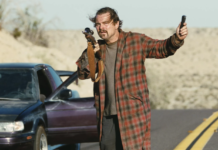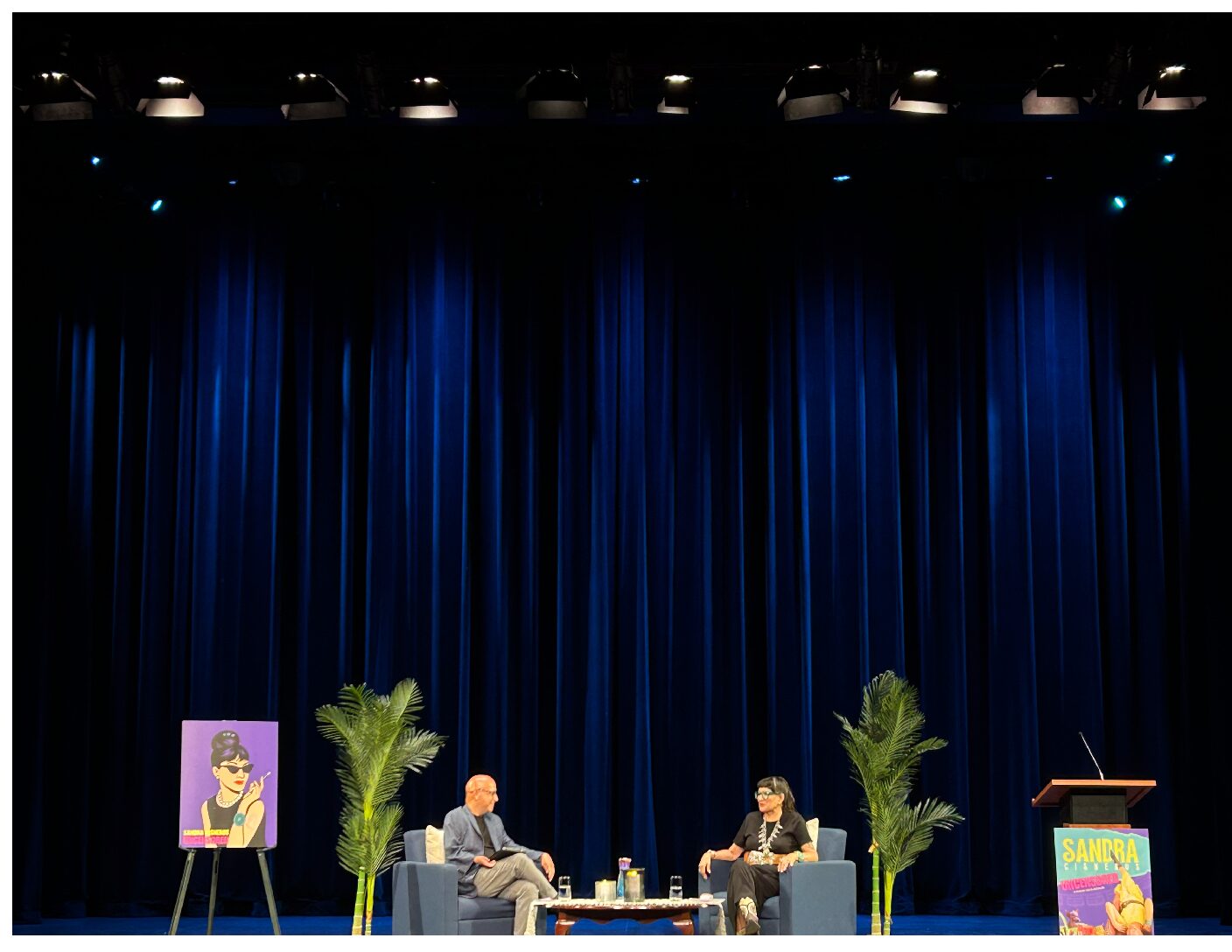A piece of art goes beyond the bounds of its existence. A song is not just its recording, a film is not just its shots. What completes and officializes a piece of art, the primer that seals any painting, is the audience’s response to it. This is what separates something from being a complete personal expression and being something more. Whether an audience as a majority determines that a work is good or is bad, is out of the artist’s control.
Occasionally, though, what happens to the response a piece of art gets is not always that it is bad, but sometimes that it is celebrated for the wrong reasons.
Todd Phillips’s hit 2019 film “Joker” was a runaway success, making over $1 billion worldwide on a production budget of $55 million.
When the film won the top prize at the Venice Film Festival, many were quick to claim that the film would inspire real-world violence to take place. Rather than mass riots and anarchy, what resulted from the success of the 2019 film is that it became co-opted online as people identified with the titular Joker, played by Joaquin Phoenix, saying he was “literally me.” Except the embrace of the character was not because of the movie’s depictions of mental illness, but because of its depictions of Arthur Fleck or Joker as a societal outcast.
In response to this co-opting, the idea for the second Joker film became clear. It would be a musical and it would star Lady Gaga as the infamous love interest to the Joker, Harley Quinn, or Lee Quinzel as she’s known in the movie.
Though the footage in the film is the same footage seen in the trailer, many were shocked to see that the 2-hour and 18-minute sequel plays more as a punishment than as a piece of popcorn entertainment.
Already the film had to jump over the hurdle of being a musical that exists in the year 2024, whereby the production of musicals is at an all-time low. None were prepared for the film to be a courtroom drama that put Fleck on trial. Lee, among many other people who attend and tune in to his trial, are enamored with Fleck’s reputation as the Joker and the “TV movie” that was made after the six killings he committed in the first film.
“Folie à Deux” itself becomes a trial of who the Joker really is and what he really stands for, paralleling many shots from the first film, whether it be the famous stair sequence, Phoenix in the back of a cop car or Fleck down on the ground.
Though “Joker” was Oscar-nominated for categories such as Best Picture and Best Performance in a Leading Role (taking home the latter prize), many in the film community criticized the film for being too derivative of the works that Phillips cited as inspiration. He made it clear that his take on the DC comic-book villain, set in New York in the 1970s, would pull from the gritty New York films of the era, however, eyebrows were raised when people noticed plot points were almost directly taken from Scorsese’s “King of Comedy” and “Taxi Driver”.
Both in his writing and directorial choices, Phillips does not have the kind of virtuosity necessary to make something incredible from an original exploration of New York City in the 1970s regarding the lack of effective social work. However, his blunt voice somehow struck a chord with the release of “Joker.”
What made the first film such a success is that it became a catharsis for all those who’ve felt kicked down repeatedly. Unable to speak up. Joker murdering his “bullies” became an act of rebellion for the outcasts. But this is not what Phillips intended. This is something, blunter than with the first film, that he wants to make abundantly clear in “Folie à Deux.”
Phillips goes full “provocateur” for the two-hour-plus runtime, beginning the film with a Looney Tunes-style animated sequence and not leaving the audience with any kind of hopeful or enjoyable ending. Uncomfortable and triggering events take place as Arthur is put on trial. The film is far too long and too unfocused to be considered any kind of a masterpiece. Toward the end of the film, the musical sequences and dialogue about Arthur’s character become grating. However, the film deserves to be defended and given some credit. In the history of movies, this is the first time that a sequel to a billion-dollar film has been a musical and a Trojan Horse meant to provoke and question audiences for their complacency in the negative aspects of their own lives. And that must be applauded.
With an estimated production budget of $195 million making only $39 million on opening weekend, this film is unlikely to make back its budget. The Rotten Tomatoes score is at a 33% rotten and is likely to go down even further. But watching this film, it is clear this was always what its reality would’ve been from miles away.
The first film was nominated for an Academy Award in Best Cinematography in 2019 and its sequel deserves similar praise — it’s full of breathtaking images. Phoenix, after winning the Oscar for his role, reprising it, has only gotten more expressive and talented in his agonized looks. Lady Gaga turns in a very exciting, if not under-utilized, performance that fully rivals her best work in films like “A Star Is Born.” The film is at its best when it is a Ted Bundy-esque RomCom between Arthur and Lee, occasionally arguing something meaningful about the responsibilities we have in our own lives.
In an industry that more and more people consider dying, to see a “comic book film” take such a swing in the opposite direction as its company (compare this to “Deadpool and Wolverine”, a film much more interested in serving up the wishes of its fans), it’s tremendous to see that something with this budget was even allowed to be released. Watch “Joker: Folie à Deux” for its humanity in a man wrestling with the impact of his previous work. This is not a recommendation for the film but a plea in defense of art and originality.








